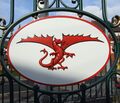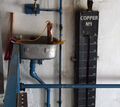Felinfoel Brewery - Gallery: Difference between revisions
Jump to navigation
Jump to search
No edit summary |
No edit summary |
||
| Line 2: | Line 2: | ||
<gallery> | <gallery> | ||

















































